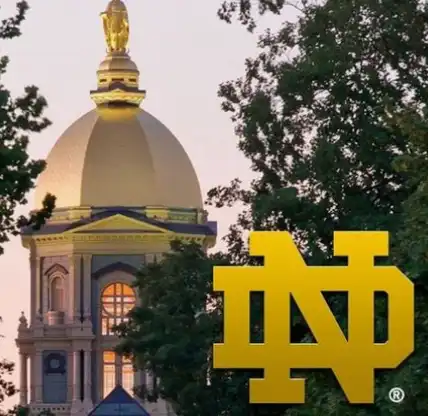South Point Wind Farm to Present Habitat Conservation Plan
Officials with South Point wind farms have a plan to offset the possible deaths or injuries to native birds and bats flying into windmills.
On Wednesday in Honolulu, the Endangered Species Recovery Committee meeting will gather to hear a habitation conservation plan presented by Tawhiri Power, LLC for the Pakini Wind Farm. The company is requesting a 20-year incidental take license of the Hawaiian hoary Bat, Hawaiian Petrel and the Nēnē Goose, all of which are federally or stated-protected species.
Tawhiri’s plan contains operational minimization measures—most notably, low-wind speed curtailment and mitigation measures to offset the impacts of potential incidental take.
The committee will vote to recommend to the Department and Board of Land and Natural Resources to either approve, amend or reject the wind farm’s plan.
Pakini Nui Wind Farm is a 20.5-megawatt operating wind energy facility. Construction of the project began in August 2006 and was completed in April 2007. The Project, consisting of 14 General Electric 1.5-MW SE turbines, began operations on April 3, 2007. As of May 20, 2019, three Hawaiian hoary bat fatalities were observed at the Project Area, Pawhiri outlined in its habitation conservation plan.
The first Hawaiian hoary bat fatality was found on Aug. 31, 2013, during a scheduled search the first week of initiating a weekly monitoring effort. The second Hawaiian hoary bat was found on March 1, 2016, and the third was found on April 12, 2018.
Prior to the weekly searches, Tawhiri performed monthly searches of all turbines starting at the beginning of commercial operations on April 4, 2007. During this monthly search period, no fatalities of state- and ESA-listed species were found.
The Hawaiian hoary bat is the only state and ESA listed species that has been found at the Pakini Nui Wind Farm.
The plan indicates mitigation for the Hawaiian hoary bat consists of habitat improvement at the Kahuku Unit of Hawai‘i Volcanoes National Park (HVNP). Habitat improvement includes removing invasive plant species and planting desired native species. Mitigation for the Hawaiian petrel consists of predator trapping, predator surveillance, and fence maintenance around a Hawaiian petrel nesting colony in HVNP. Mitigation for nēnē is for predator control and nest protection at a breeding pen located at Pi‘ihonua. All mitigation measures were developed with the intention of providing a net ecological benefit to the species in alignment with state and federal recovery goals.













